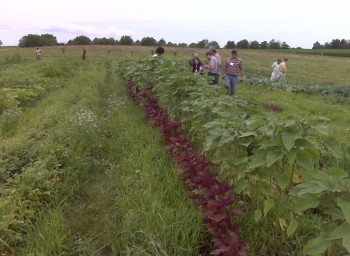Student farms are hardly a new concept. However, it seems that after the height of the counterculture food movement of the 1960s and 70s, the idea of growing food on your own campus was not as high on students’ priorities list. That has all begun to change in recent years, as students all over the country (and the world!) are physically taking back the land and growing produce in a sustainable way. This idea is becoming so popular that the Rodale Institute has developed a directory of student farms and gardens to try to keep track of all of these new hotbeds of social and political activity. Though I have been on the board of a student garden committee at my university and am presently undertaking research for my internship at Bon Appétit about this subject, it shames me to say […]
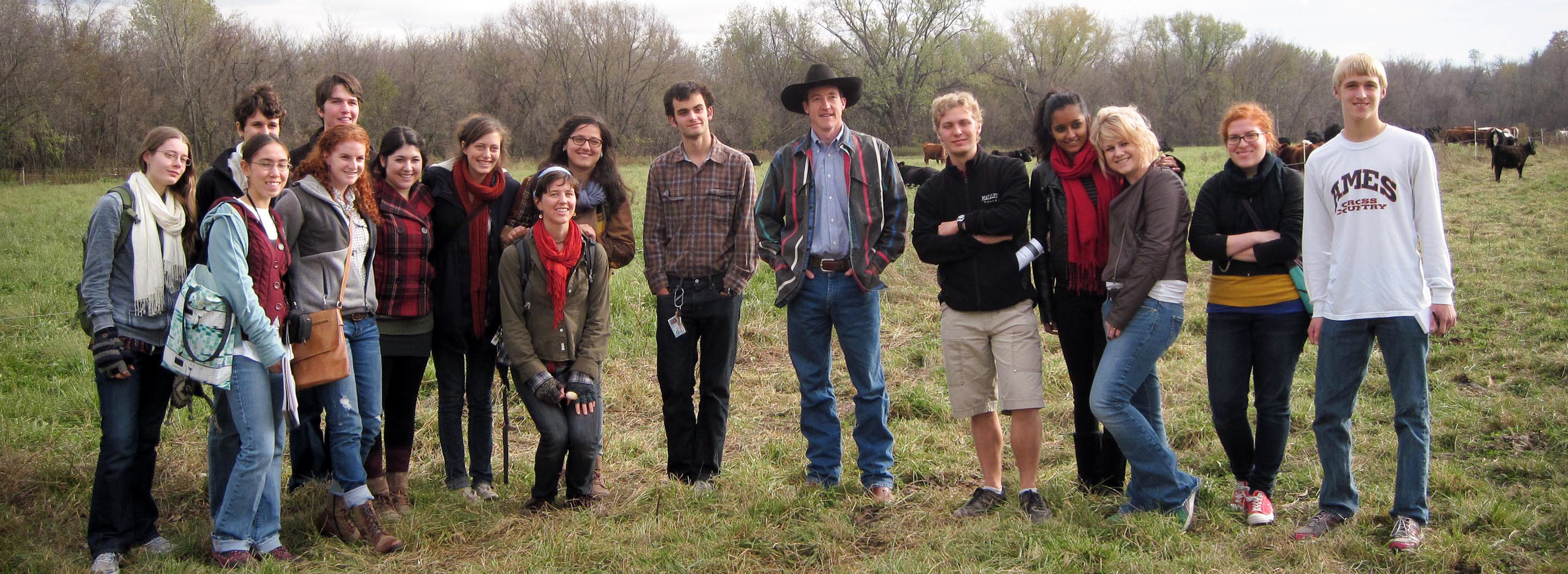
The Bon Appétit Blog
+ Blog Categories
Virtual Tour of Our USF Café
- Blog
For many of you who have been reading about Bon Appétit Management Company's food, philosophy, and leadership in sustainability, here's a chance to see what a Bon Appétit café actually looks like! Cookbook author Nina Simonds recently visited our team at the University of San Francisco and explored the array of fresh, seasonal, cooked-from-scratch meals in the café. Check out her Spices of Life blog post about this trip. Experience Bon Appétit's mouth-watering culinary offerings (virtually, of course) as Nina and Executive Chef Jon Hall take you station by station in the café. – Katherine Kwon, Communications Project Manager
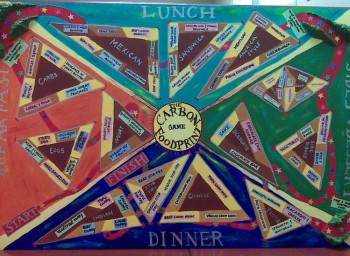
The Carbon Foodprint Game: Bringing the Low Carbon Diet Calculator into the Classroom
- Blog
As a part of a course I took last semester, I was asked to create a project addressing any geological concept for which I had an interest. Because the project did not have to explicitly relate to material being covered in class, I decided to create a board game using the information I had learned using Bon Appétit Management Company’s Low Carbon Diet Calculator. I wanted to theoretically offer the young adult audience a fun way to explore and learn more about the relationship between food, one’s carbon footprint, and global warming. The term global warming seems to be discussed in almost every science class nowadays, but teachers make the same suggestions every time this issue comes up in conversation (I can almost hear my fourth grade teacher singing her off-key version of a popular reduce, reuse, recycle song, […]
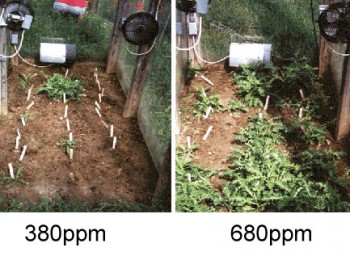
Will New England really be New England without cranberry bogs?
- Blog
A team of research scientists working for multiple Federal agencies including Defense, Agriculture, Commerce and others released a report on June 16 that got curiously little media attention. Draped in the dry language of government reports, Global Climate Change Impacts in the United States paints a dramatic picture of what our agricultural system could become if average temperatures rise more than two degrees Celsius over the next half century. To wit: 1. It is a myth that higher temperatures will make it easier to grow crops and livestock in regions that are now cold. While many crops positively respond to higher levels of carbon dioxide concentrations in the atmosphere, they reported, higher levels of warming affect growth and yields negatively. Why? With higher temperatures also come “extreme events” such as heavy downpours and droughts which reduce yields overall and kill […]
Sustainability: It’s not just a buzzword, it’s a lifestyle
- Blog
About ten days ago, I had the honor of speaking on a panel called “Organic on the Green: Conversations with College Aged Consumers” at the All Things Organic Conference and Trade Show. The honor was two-fold because #1, the panel was named after the blog I started last summer, and #2, I was joined by Maisie Greenawalt, the Vice President of Bon Appétit Management Company. The purpose of the panel was to facilitate “a conversation with college-aged organic consumers” in order to allow the organic industry to hear what the younger generation looks for in organic products. Like most college students, the only presentations I have done have been to about 25 fellow students and a professor who I hoped to impress for “the A”. Needless to say, in preparation for the panel, I had done research until I was blue in […]
A Summer with Bon Appétit
- Blog
We're happy to welcome Nina Merrill as our intern this summer at the Bon Appétit Management Company corporate office. It's only her second week and already she has jumped right in with much enthusiasm and has contributed great ideas. Here's Nina's story about how she became interested in college food service and how she crossed paths with Bon Appétit: As a senior at a university in upstate New York, I have experienced firsthand the direct impact campus food service has on students’ lives. I grew up with a mother who professed the importance of local and organic food at every opportunity (I was that kid on the playground that you never wanted to trade lunches with…thank you, Mom). So, with that background in mind, during my freshman year, my body was quite simply shocked by all the chemicals and pesticides that I was unconsciously ingesting […]
What does socio-diversity have to do with sustainable seafood?
- Blog
Among environmentalists we hear a lot about the importance of maintaining biodiversity in a given forest or fishery, but less about maintaining the variety of skills and jobs within a specific community. That’s starting to change. As marine scientists, fishermen and regulators debate what is ‘sustainable seafood’ and advocates work to promote understanding of the importance of buying seafood that is plentiful and harvested with non-damaging gear, many people are beginning to realize that who is catching fish may have a lot to do with maintaining responsible levels in the sea. There is evidence to suggest that maintaining a class of fishermen who depend on the bounty of a given area helps preserve natural resources. Recently I spoke at a forum at Google in Mountain View where Environmental Defense Fund announced the creation of a California Fisheries Fund, designed to […]
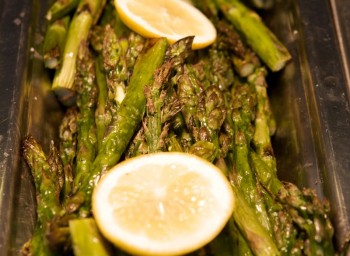
USF Celebrates Low Carbon Diet Day!
- Blog
Last week the University of San Francisco (USF) celebrated Bon Appétit Management Company's 2nd annual Low Carbon Diet Day with an early kick-off event (Low Carbon Diet Day is April 22nd) at The Market Café. We were onsite to taste all the delicious food and see first-hand how a café that feeds a whopping 8,000 hungry students each day serves up first-rate climate-friendly fare. Chef Success In just a few short years, Executive Chef Jon Hall and his team of talented chefs have excelled in incorporating the Low Carbon Diet commitments into their daily-changing menus. One of their many achievements towards this end is the reduction of beef consumption by half! And this wasn't accomplished by taking beef off the menus. Instead, Jon created flavorful, enticing dishes that were alternatives to beef and attracted students to lower carbon options. This success, combined […]
Advances in the Science of Climate Change
- Blog
Last weekend I joined six academics on a panel at the annual meeting of the American Association for the Advancement of Science. The focus of our talks was on emerging science of the food system’s contribution to climate change – and my role was to talk about how Bon Appétit Management Company has been implementing science in every day practice through our Low Carbon Diet program. I give a lot of talks on this subject, but don’t write that much. A recent exception is the piece I wrote for Sustainable Industries Journal: In November 2005, when I persuaded Bon Appétit Management Company Foundation’s forward-thinking board to let me develop a program that would shed light on the food system’s connection to climate change, An Inconvenient Truth hadn’t been released, a majority of Americans thought climate change was hocus pocus, and […]
Calling All Student Activists
- Blog
Okay, I admit it, I wasn't a politically active student. I was involved in many clubs and student organizations but they were all focused on my own career development or social life. Thankfully, today's young adults are more globally-minded (maybe it's the difference between the group-focused millennial generation and my cynical gen x attitude). Almost every week I hear from a student at a non-Bon Appetit school trying to "green" their college's dining hall. I suggest questions they can respectfully ask their food service provider but tread a fine line as, out of professional courtesy, I don't want to be seen as stepping on another food company's toes. The Organic Trade Association must be getting the same inquiries I am so they've come up with a great answer. Through the Organic Agriculture and Products Education Institute they've released the "nation’s first guide for students who want to […]
